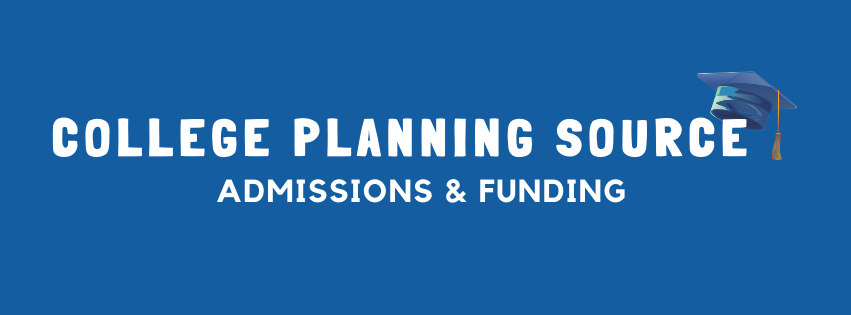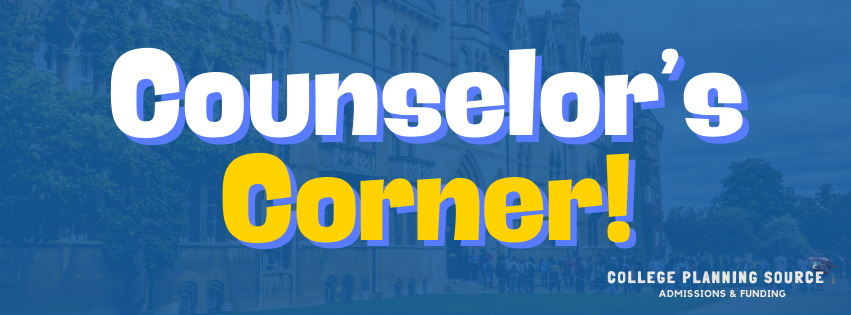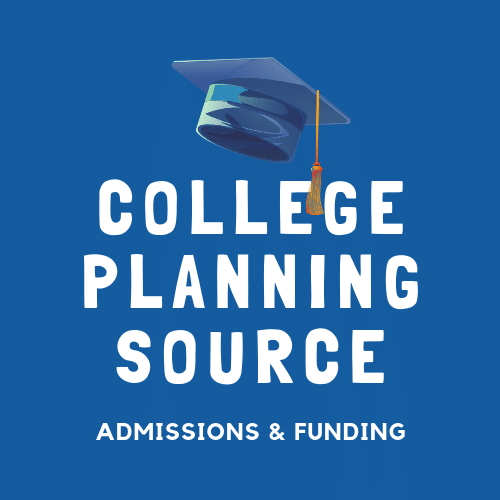-
Unique Educational Programs
Understanding DPT/JD 6-Year Programs
The 6-year DPT and JD programs are designed to compress the traditional educational pathway—usually totaling seven to eight years for a bachelor’s degree followed by the professional degree—into a six-year span. These programs typically involve three years of undergraduate coursework followed by three years of professional study. Admission to these programs often requires a high school application, with the understanding that the student is committing to a streamlined course of study leading directly to a professional degree.
Benefits of Accelerated DPT/JD Programs
Time and Cost Efficiency
One of the most compelling advantages of 6-year DPT and JD programs is the reduction in both time and financial investment required to obtain a professional degree. By shortening the overall duration of education, students can enter their professional fields sooner and potentially with less student debt.
Seamless Transition
These programs offer a seamless transition from undergraduate to professional studies, without the need for separate admissions processes once the program is begun. This continuity can provide a sense of security and focus for students committed to their chosen career path.
Early Professional Engagement
Accelerated programs often provide opportunities for early professional engagement, including internships, clinical experiences, and networking with professionals in the field. This early exposure is invaluable, offering practical experience and insights into the profession.
Deciding If a 6-Year Program Is Right for You
Choosing an accelerated DPT or JD program is a significant decision that requires thoughtful consideration. Here are key factors for high school students to contemplate:
Career Certainty
These programs are best suited for students with a clear and unwavering interest in physical therapy or law. If you have a passion for these fields and are confident in your career choice, an accelerated program could be a great fit.
Academic and Emotional Preparedness
The accelerated nature of these programs demands a high level of academic dedication and the ability to handle the rigors of a fast-paced educational environment. Assess your readiness to take on the challenges of intensive coursework and professional studies from an early stage.
Willingness to Commit
Committing to a 6-year program means limiting your flexibility to explore different fields of study or to take breaks in your education. Consider whether you are ready to make this commitment at such an early stage in your academic and professional journey.
Financial Implications
While accelerated programs can be cost-effective in the long run, they may have different financial aid implications compared to traditional pathways. It’s important to research and understand the financial aspect of your chosen program.
Preparing for a 6-Year DPT/JD Program
For high school students considering these accelerated paths, preparation is key. Strive for academic excellence, seek out shadowing or volunteering opportunities in your field of interest, and engage in extracurricular activities that demonstrate your commitment and leadership skills. Additionally, thoroughly research programs to understand their specific requirements, culture, and the opportunities they offer for professional growth.
The 6-year DPT and JD programs represent a rigorous yet rewarding educational pathway for students committed to careers in physical therapy or law. These programs require a significant level of dedication, commitment, and early career certainty but offer the advantage of entering the professional world sooner. As you weigh your options, consider your readiness for the accelerated pace, your financial and academic preparedness, and your long-term career goals. With thoughtful consideration and strategic preparation, you can make an informed decision about whether this ambitious path aligns with your aspirations.
Ready to get some guidance? Schedule a College Planning Assessment today!
Want college planning guidance delivered to you?
Sign up for our Counselor’s Corner Newsletter to receive helpful information and tips for
both parents and students on navigating the college admissions journey.




